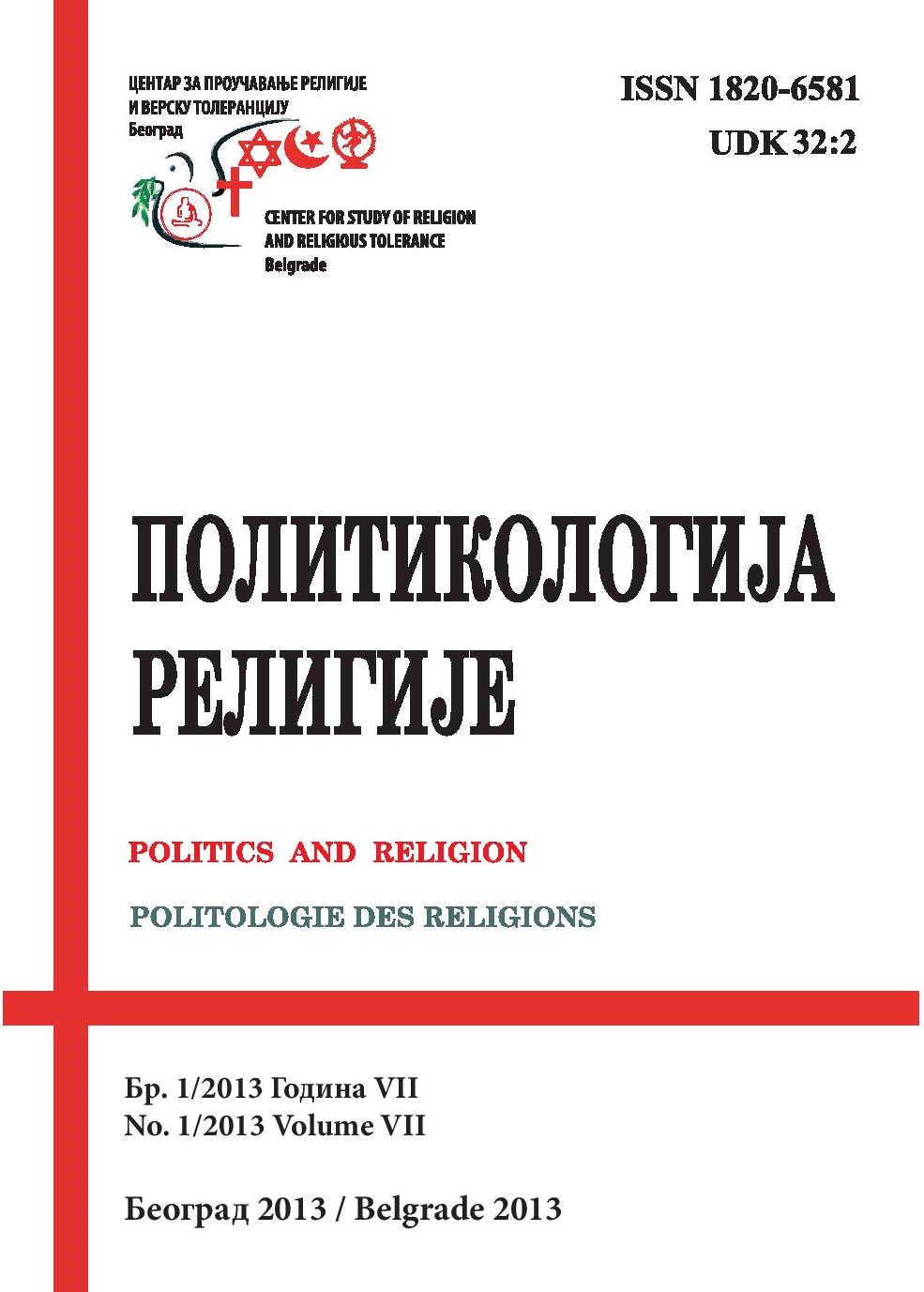SOCIAL DYNAMICS IN A RELIGIOUS MILIEU: THE SEVAYATS OF THE JAGANNATH TEMPLE AT PURI
DOI:
https://doi.org/10.54561/prj0701133gKeywords:
Sevayats, Jagannath Temple, Indian reality, niyogasAbstract
In face of present day forces of industrialization, urbanization and changing social configuration, personal worship, worship in temple, guidance of spiritual authorities and pilgrimage, though popularly assumed otherwise, continue to inform and shape the values of Indians. A case in point is the Shri Jagannath Temple, at Puri, Orissa (constructed after 1135 A.D.), prominent and popular till today, upholds the composite culture of India for more than 900 years. This paper is about the Sevayats of the Jagannath Temple at Puri, the ritual functionaries of the temple. For around nine centuries, in the face of social, economic and political ups and downs, the Sevayats have survived and emerged as the most faithful and the truest upholders of this enigmatic religious tradition. This paper primarily concentrates on all these Sevayats of Jagannath Temple. It also tries to describe in today’s context, their socio-economic status, their view about themselves and the temple, and their position in the temple and the society. This paper is not intended to provide a historical account of the temple, nor does it try to analyse the temple as a whole. Looking at the broader society the paper tries to establish the linkages between the Sevayats and the greater society, and how the Sevayats are responding to the broader forces of change. The focus is on the nature of the changing organisation and functioning of the Sevayats, where the past will be used only as a point of reference
References
Appadurai, Arjun. 1981, Worship and Conflict Under Colonial Rule. A South Indian Case, Cambridge: Cambridge University Press.
Banerjee Dube, Ishita. 2001, Divine Affairs. Religion, Pilgrimage and the State in Colonial and Postcolonial India, Shimla: IIAS.
Copley, Antony. 1997, Religions in Conflict. Ideology, Cultural Contact and Conversion in Late-Colonial India, Delhi: OUP.
Das, Nilakantha. 1958, Orissa Historical Research Journal, Vol. VII, Part I.
Dube, S.C. 1974, Contemporary India and its Modernization, Delhi: Vikas Publishing House.
Eschmann, A. Kulke, H. and Tripathi, G.C. 1978, The Cult of Jagannath and the Regional Tradition of Orissa, New Delhi: Manohar.
Fuller, C.J. 1984, Servants of the Goddess, Cambridge: Cambridge University Press.
Fuller, C.J. 2004, Hindu Worship, collected in India’s Religion, edited by T.N. Madan, New Delhi: OUP, p. 128-129
Fuller, C.J. 2006, Renewal of the Priesthood. Modernity and Traditionalism in South Indian Temple, New Delhi: OUP
Hamel, J. with Dufour, S., & Fortin, D. 1993, Case study methods. Newbury Park, CA: Sage.
Indradeva and Shri rama. 1999, Society and Culture in India, Rawat:Jaipur.
Jevtic, Miroljub, Political science and religion, Politics and Religion Journal, Vol. 1, No. 1, 2007.
Jevtic Miroljub, Religion and Relations between Genders, Politics and Religion Journal, Vol. 2, No.1, 2008.
Kar, Shashadhar. (ed.) 2000, Puri Guide, Puri: Nilachal Publication.
Mahapatra, K.N. 1954, Orissa Historical Research Journal, Vol. III.
Marglin, F.A. 1984, Wives of God King. The Rituals of the Devdasis of Puri, Delhi:OUP
Miles, M. B. and Huberman, A. M. 1984, Qualitative Data Analysis: A Sourcebook of New Methods, Beverly Hills, CA: Sage.
Mishra, K.C. 1971,The Cult of Jagannath, Firma KLM: Calcutta.
Mohapatra, Gopabandhu. 1981, God in Three Images At Puri, Puri: Dharma Jyoti Pitha.
Mol, Johannis J. 1978 Introduction, in Mol, Johannis J. (ed.), Identity and Religion: International, Cross-Cultural Approaches, London: Sage.
Nayak, G.C. 1999, The Unique Vedantic Synthesis in Jagannath as Lokayata Bramha and Vaishnavism – A Philosophical Approach, The Quarterly Journal Of The Mythic Society, Bangalore, pg.80-90, July-September.
Patnaik, Himanshu. S. 1994, Lord Jagannath. His temple, Cult and Festivals, Aryan: New Delhi.
Pattanaik, Nityananda. 1977, Cultural Tradition in Puri. Shimla: IIAS.
Pattanaik, Nityananda. 2000, Sacred Complex in Orissa, Delhi: Gyan Publishing House.
Saraswati, Baidyanath. 1984, The Spectrum of the Sacred: Essays on Religious Tradition of India, New Delhi: Concept.
Shah, A.M., Baviskar, B.S. and Ramaswamy, E.A. (edited) 1998, Social Structure and Change. Religion and Kinship, Volume: 5, New Delhi : Sage.
Sri Jagannath Mandir Sevayatankar Samajik O Arthanaitik Sarbekshan O Janaganana(Census), 1988, Sri Jagannath Temple Administrative Committee, Puri.
Srinivas M.N. 1952, Religion and Society among the Coorgs of South India, Clarendon Press: Oxford.
Srinivas, M.N. 1954, A brief Note on Ayyappa, The South Indian Deity, in Collected Essays, M.N.Srinivas, New Delhi:OUP, 2002, pg.349-350.
Srinivas, M.N. 2002, The Social Significance of Religion in India, in Collected Essays, M.N.Srinivas, New Delhi: OUP.
Starza, O.M. 1997, The Jagannath Temple at Puri. Its architecture, art and cult, Leiden : E J Brill.
Veer, Peter van der. 1988, Gods on Earth. Religious Experience and Identity in Ayodhya, Oxford: OUP
Vidyarthi, L.P. 1961, Sacred Complex in Hindu Gaya, Bombay: APH.

